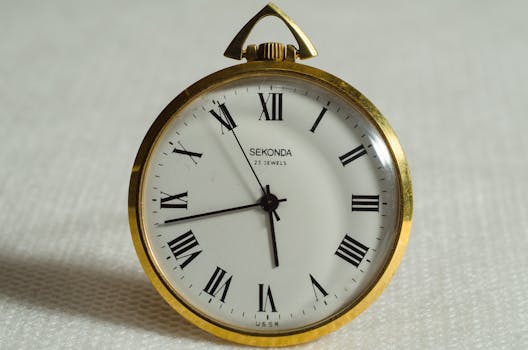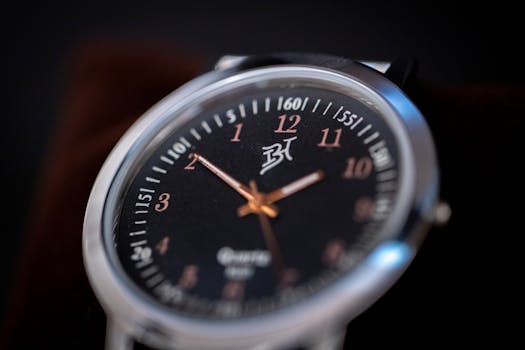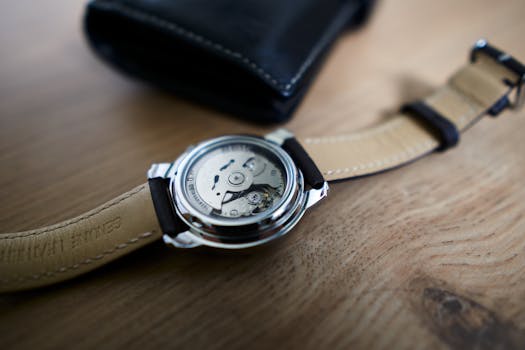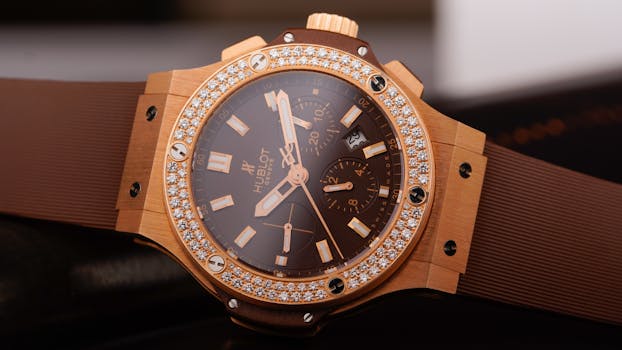
The Timeless Evolution of Wristwatches: A Journey Through the Decades
Takeaways: In this article, we will explore the fascinating journey of wristwatches from their inception in the late 19th century to the technological innovations of today. Learn how wristwatches have transformed not only in design and functionality but also in cultural significance.
Introduction: The Birth of the Wristwatch
The wristwatch has become an essential accessory in modern life, symbolizing style, status, and precision. The journey of wristwatches began in the late 19th century, primarily as a practical tool for soldiers and aviators. But how did this simple timekeeping device evolve into the sophisticated wristwear we know today? Let’s take a closer look at the evolution of wristwatches through the decades.
The 1900s: The Rise of the Wristwatch

Brands like Cartier and Longines began producing elegant wristwatches that combined functionality with style. The concept of the wristwatch evolved from a mere tool to a fashion statement, appealing to both men and women. These early wristwatches were often ornate, featuring intricate designs and high-quality materials, setting the stage for the luxury watch market.
The 1920s to 1940s: The Roaring Twenties and the War Years

During the 1930s and 1940s, the wristwatch underwent significant advancements in technology and design. The introduction of the automatic movement allowed watches to wind themselves through the motion of the wearer’s wrist, eliminating the need for manual winding. Brands like Rolex and Omega began to dominate the market, creating durable and reliable timepieces that appealed to both the military and civilians.
The war years emphasized functionality, leading to the creation of robust military watches. These timepieces were designed to withstand harsh conditions, featuring luminous dials for visibility in low light. The practicality and reliability established during this period laid the groundwork for modern wristwatch design.
The 1950s to 1970s: The Golden Age of Watches

The introduction of quartz technology in the 1970s revolutionized the watch industry. Quartz watches were more accurate and less expensive to produce than their mechanical counterparts, leading to a quartz crisis that threatened traditional watchmakers. However, brands that adapted to this new technology thrived, with Seiko leading the charge in innovation.
The 1980s to 2000s: Digital Revolution and Luxury Resurgence

During this time, Swiss watchmakers began to reclaim their reputation for quality and craftsmanship. Brands such as Patek Philippe and Audemars Piguet became synonymous with luxury, producing limited edition pieces that catered to affluent collectors. The watch industry saw a renewed appreciation for traditional watchmaking techniques and intricate craftsmanship.
The 2010s to Present: Smartwatches and the Future

Despite the rise of smartwatches, traditional luxury watch brands continue to thrive, adapting to new trends while maintaining their heritage. The fusion of technology and craftsmanship is paving the way for a new era in horology, where innovation meets tradition.
The evolution of wristwatches reflects not only advancements in technology and design but also changes in societal values and lifestyle. As we look to the future, the wristwatch will undoubtedly continue to transform, blending form and function in ever more creative ways.






